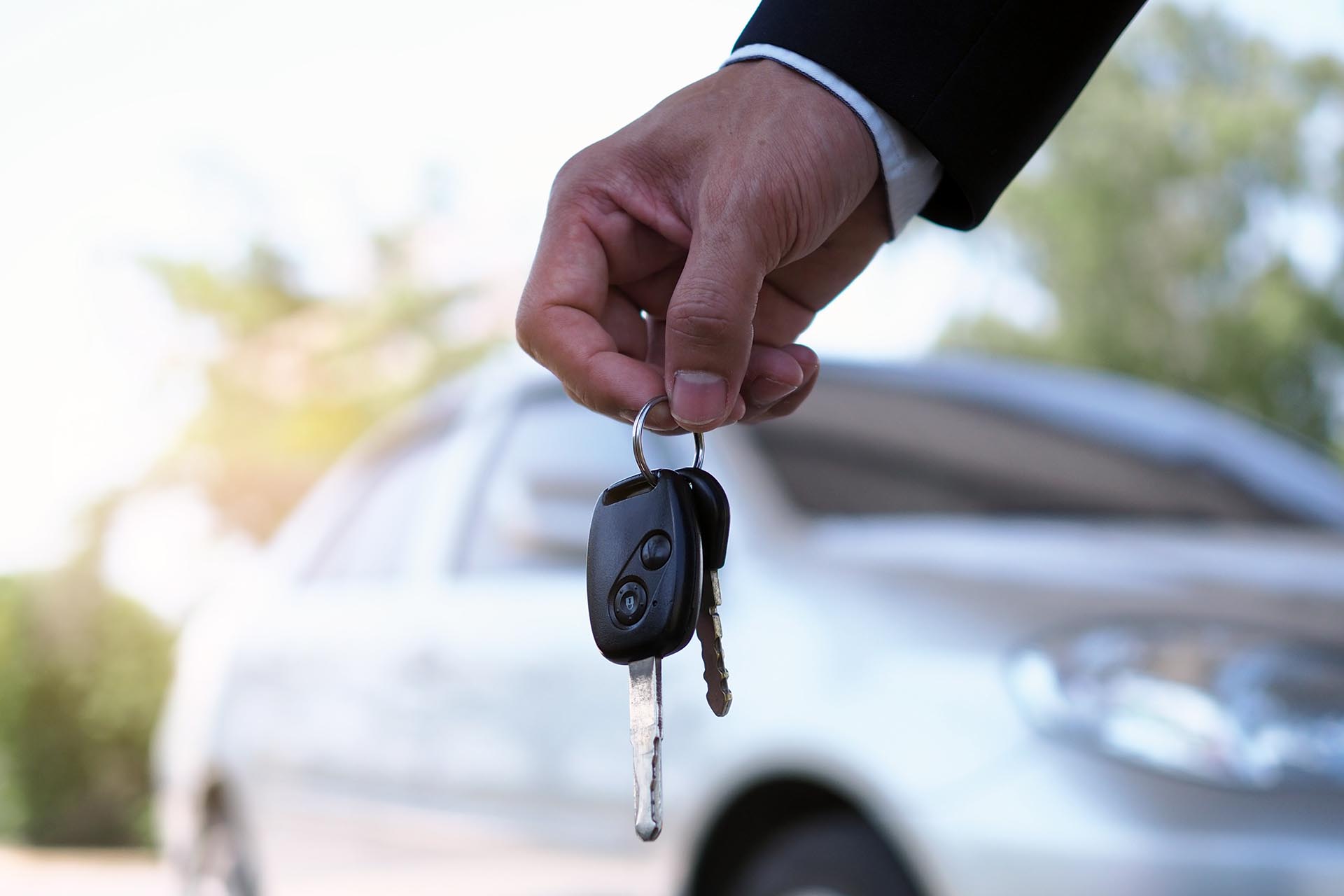One of the first concerns that people have when facing financial trouble is having their vehicle repossessed. In Minnesota, it is legal for a creditor to repossess a car if payments are consistently late or not being made at all. Since our modern lives revolve around having a vehicle, having yours repoed is more than just embarrassing. It could lead to even more problems in the future. Here is what you need to know about repossession laws in Minnesota.
How Car Repossessions Work
When you finance a car, you agree to make payments on it by a specific date. If you fail to make payments by that date or at all, the creditor who loaned you the money for the car can come and take the car. This is because they own the car since they fronted the money for it.
The creditor has to follow a process to legally take the car back that ends with sending a repo company to collect the vehicle. Repossessing the car is legal as long as they follow the proper process.
First, They Send the Cobb Letter
A Cobb Letter is a formal notice by the creditor that it intends to repossess the vehicle. If the company has not repoed that same vehicle before and has accepted late payments in the past, then they have to send the Cobb letter before taking action.
Next, They Send a Repo Company
The job of the repo company is to take the car back without damage or violence. They take a tow truck and collect the vehicle when it is accessible, most times without telling the driver about it. This situation can be tense, but some rules prevent more severe problems. For example, truck drivers cannot be violent during the altercation, or the repo is invalid.
Another caveat is that they cannot take the vehicle with kids or pets in it, and it cannot create a serious hazard in the process. If you are somewhere that you need the car to leave safely, then repoing the vehicle there is off of the table.
What Happens Once the Car is Repossessed?
Once your car is back in the creditor’s possession, there are things that they have to do. The first thing is to tell you where it is so you can claim your personal belongings. Then, they have to take steps to resolve your loan balance.
What happens next depends on how much of the loan that you paid. If you paid more than 60% of the loan, they have to sell the car at auction, giving you a chance to repurchase it. Otherwise, they can choose to keep the vehicle.
Bankruptcy Can Stop All of This
If you are in financial trouble and need to avoid a repossession, one of your options may be to file for bankruptcy. During bankruptcy, all creditors must stop repossession efforts. That means your car cannot be repossessed if it meets the requirements of the bankruptcy process. Furthermore, you may get help from a bankruptcy attorney to find a way to pay off the car loan and keep your car. Don’t wait to discuss bankruptcy with an attorney. The sooner you file, the less likely you are to have to deal with a repossession, and the sooner you can find help to get your head back above water. Call the legal team at Kain + Henehan at (612) 438-8006 to discuss your bankruptcy options.

